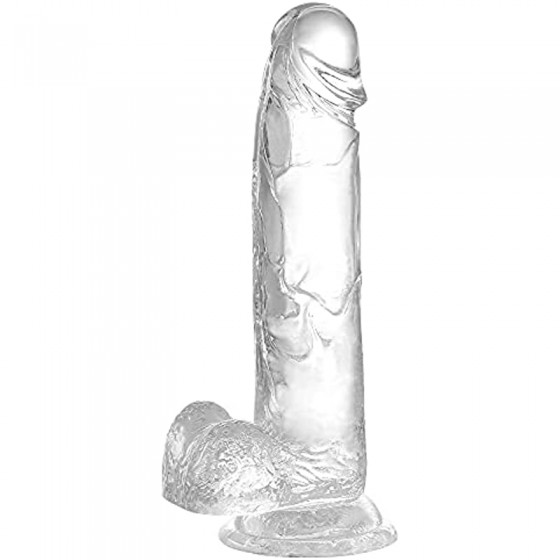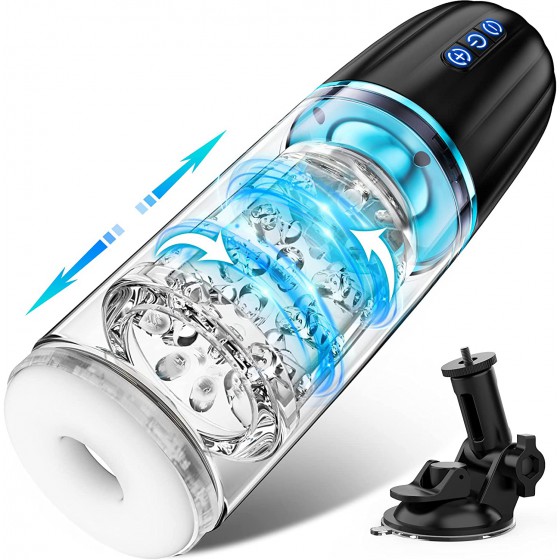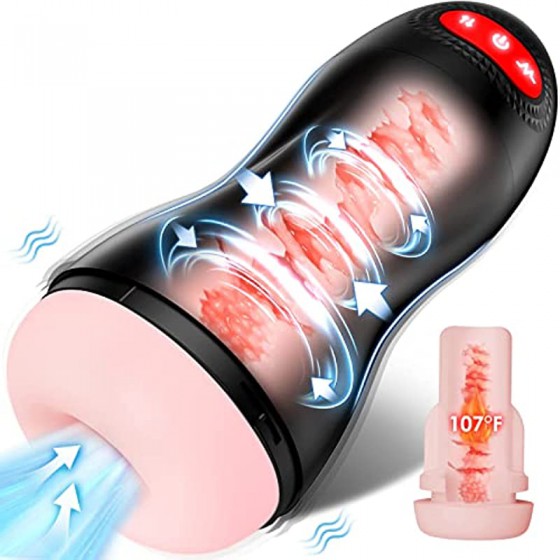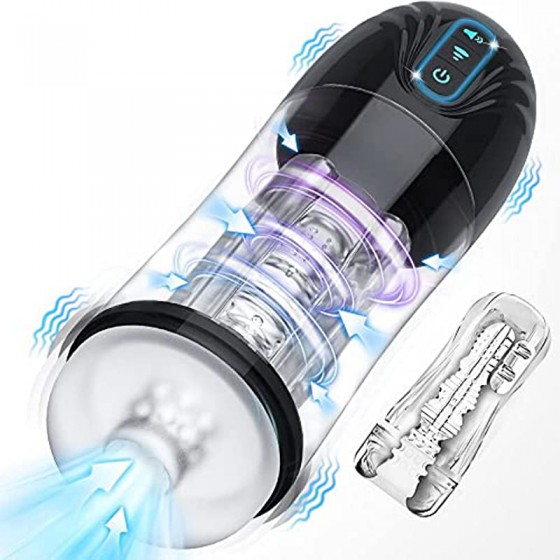How to distinguish physiological nocturnal emissions from pathological nocturnal emissions
Physiological spermatorrhea refers to the ejaculation of unmarried young people or those separated after marriage without sexual intercourse. Generally, nocturnal emissions occur once every 2 weeks or more and do not cause any physical discomfort. The erectile function of the penis is normal, and it can occur without dreams or with dreams. Pathological spermatorrhea is complex and can be caused by many causes. Common pathogenesis includes insufficient kidney qi and insufficient kidney essence, resulting in kidney deficiency. The cause of the disease may be overexertion of the phase fire due to overwork and paranoia. Improper diet, mellow wine and excessive flavor, accumulation of dampness and heat, and excessive dampness and heat are also important causes.
The difference between physiological nocturnal emission and pathological nocturnal emission is
① Age difference: physiological nocturnal emission is more common in young adults, unmarried or separated after marriage; pathological nocturnal emission is more common in middle-aged or elderly people Those with congenital physical deficiencies;
②Physical condition: Those with physiological nocturnal emissions are healthy, energetic, or easily agitated, or healthy people who are tired and nervous; those with pathological nocturnal emissions are more common in those with plain complexions and poor health. Tiredness, heavy smoking, excessive drinking, overeating, fat or weak body, frequent masturbation, excessive sexual intercourse, insufficiency of sexual desire, etc.;
③The state of spermatorrhea: physiological spermatorrhea, Generally once every 2 weeks or more, the spermatorrhea is large and the semen is viscous. The erectile function of the penis is normal during the spermatorrhea. Pathological spermatorrhea occurs frequently, sometimes at night, or the semen comes out spontaneously when awake, and the spermatorrhea is small and clear. Rare, the penis is not erect during nocturnal emissions, or cannot erect at all. After nocturnal emissions, symptoms such as mental exhaustion, soreness of waist and knees, tinnitus, dizziness, and physical weakness may occur. This can be identified.
In short, the identification points between physiological nocturnal emissions and pathological nocturnal emissions are mainly based on age, physical condition, penile erection during nocturnal emissions, semen quality and subjective symptoms after nocturnal emissions. Some people claim to have "nocturnal emissions", but in fact they are not nocturnal emissions, but urethral secretions that appear when they are excited, or prostate secretions when they are not excited.
This article comes from adult.6kmall.com and is published by netizens. This site only quotes it for reference. It does not mean that this site agrees with the views of the article. If you believe that the content and intellectual property rights of this article infringe upon your interests, please contact us.













